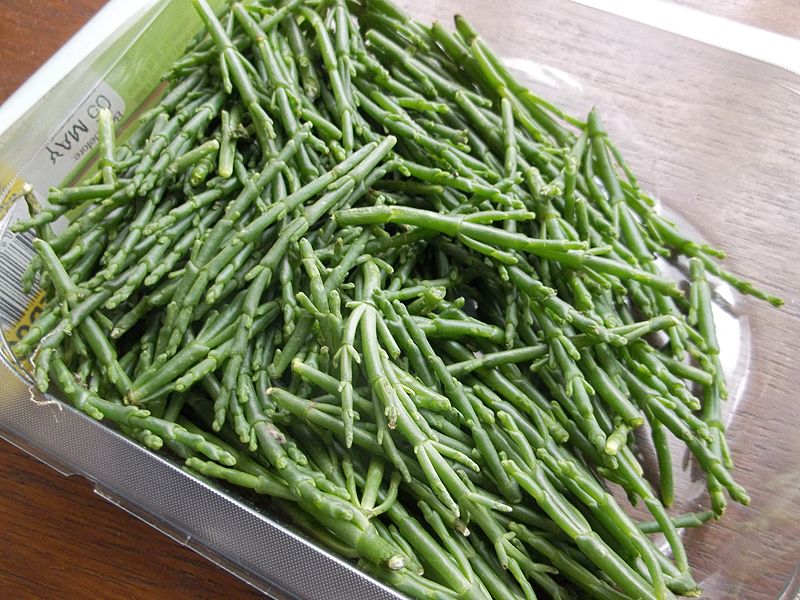- Make It Yourself Lavender Heart-Shaped Bath Bombs!
- 20 Things You Never Knew About “Down There”
- 12 Best Foods For Those Suffering From Arthritis Pain
- 12 Personal Hygiene Mistakes Almost Everyone Makes (Mom Never Told You About #4!)
- 15 Medicinal Plants And Herbs From The Cherokee People
- 12 Mind-Blowing Benefits Of Drinking Coconut Water During Pregnancy
- 12 Outstanding Winter Foods That Won’t Fatten You Up Like A Christmas Turkey
Samphire: The Secret Seaside Veggie You’ve Never Heard Of
There is a healthy and delicious vegetable which has been eaten in Britain and some other countries for centuries, but many other folks are just learning about now. We’re talking about samphire, a unique asparagus-like vegetable that just might become your next favorite. Let’s take a look at what makes samphire so special along with its health benefits, and how you can make the most use of it in the kitchen.
What is Samphire?
Samphire (pronounced sam-fire) is part of the halophyte family of plants, which grow by marshes and rocks in or adjacent to salty water. While various species of samphire exist all over the world, the white-flowered variety from Great Britain are probably the most famous, since it is not only edible, but also since this is probably the species referenced in William Shakespeare’s King Lear.
In terms of appearance, samphire vaguely resembles asparagus, since the thick green stalks constitute the edible portion of the plant (although samphire is much shorter than asparagus). In the past, samphire was burned and the ashes used to make glass and soap. There is also research underway to determine if samphire can be used to produce biodiesel.
Health Benefits of Samphire
Samphire packs a pretty impressive nutritional profile. It is an excellent source of antioxidants and dietary fiber, and offers plenty of minerals like potassium, calcium and magnesium, as well as vitamins like vitamins A and C, and various B vitamins.
What does this mean for your health? Easting samphire will boost your immune system, and the antioxidant compounds will defend against harmful free radicals which accumulate in the body. Its calcium content helps to build stronger bones, and the magnesium will assist in helping you get a better night’s sleep. And with only 100 calories per serving, it’s a good option for those trying to watch their weight.
READ ALSO: 10 Reasons Ginger Is Considered A Superfood
There Must Be a Catch Somewhere, Right?
There is no such thing as a nutritional “free lunch.” Every food has its pros and cons, and even though it may appear to be a superfood by some metrics, samphire does have one downside: it contains a high amount of sodium. This is something people with hypertension (high blood pressure) will need to take into consideration before eating it, because this could make their condition worse.
For everyone else, consider adding a little samphire to your next meal and see what all the fuss is about!
References:


































